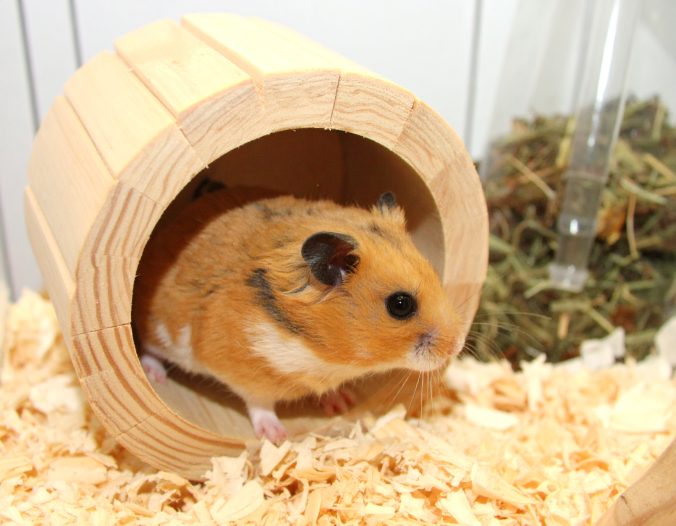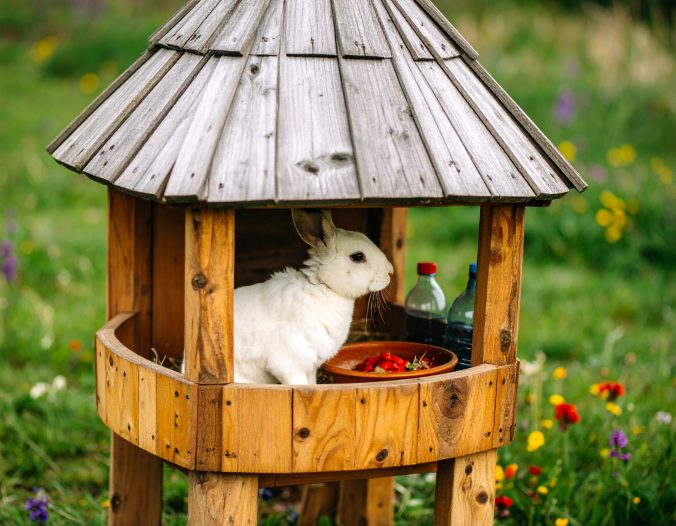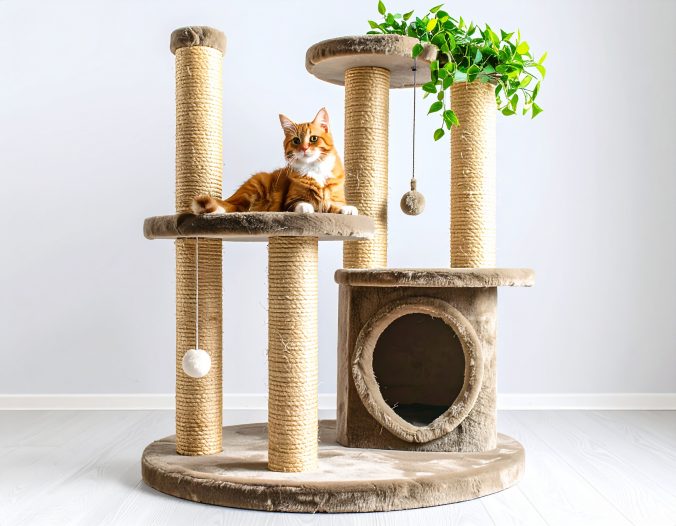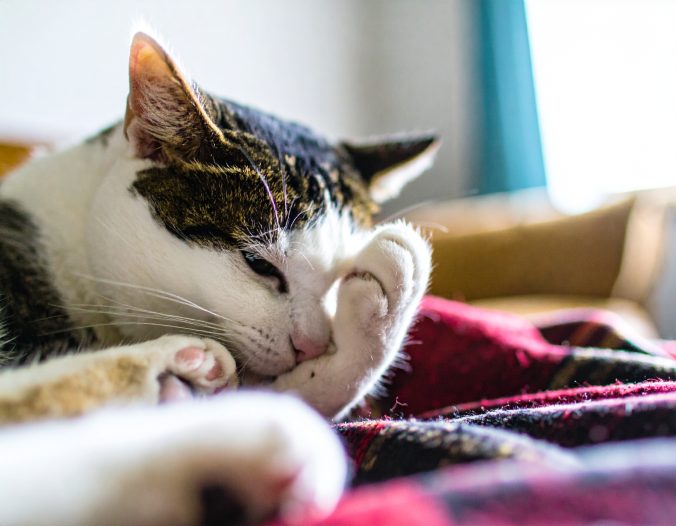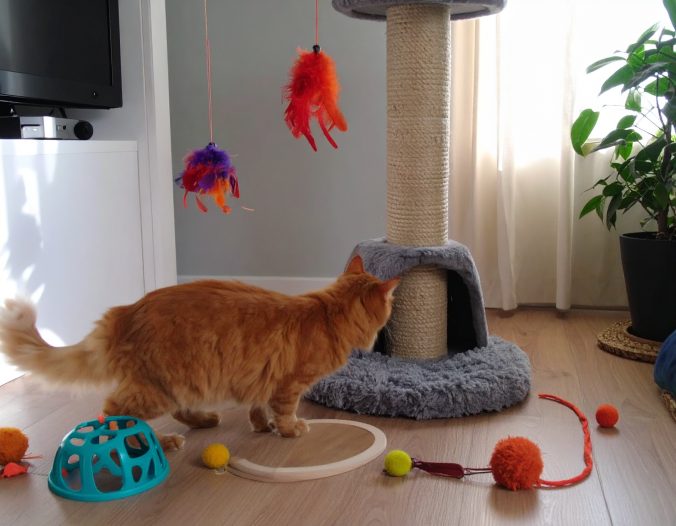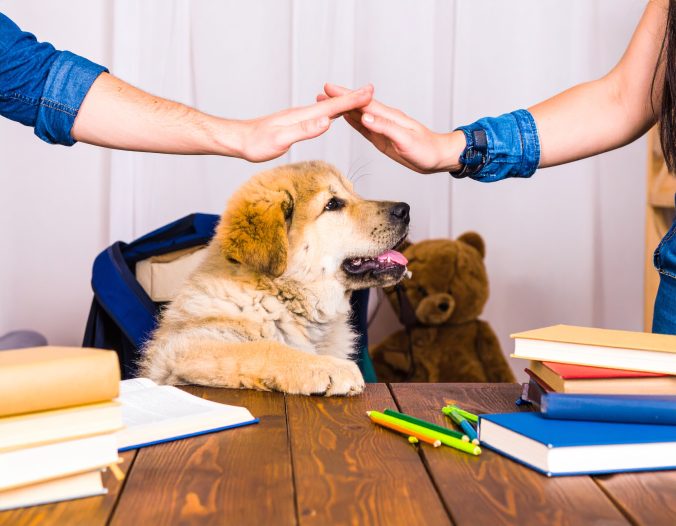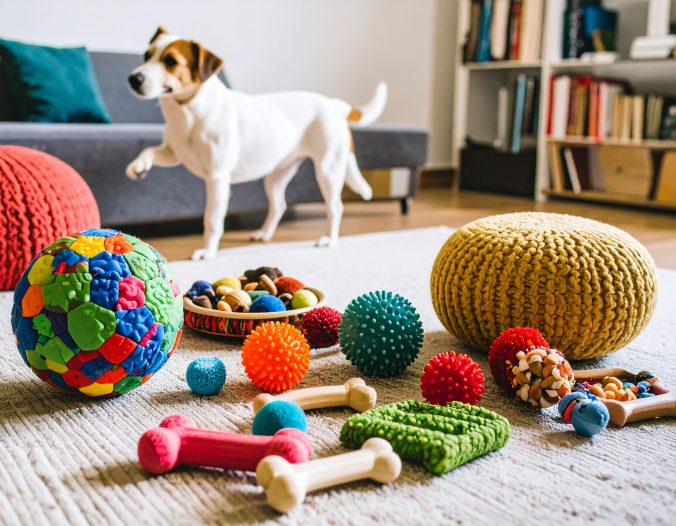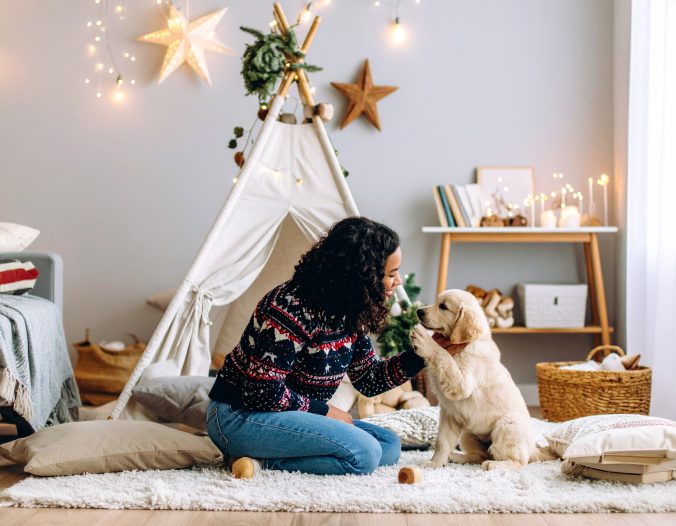Hamsters might be small, but their care needs are often misunderstood. Sadly, outdated advice and pet shop myths mean many hamsters don’t get the housing, diet, or enrichment they deserve.
If you’re a new hamster owner (or thinking of becoming one), here are the most common hamster care mistakes — and what to do instead.
1. Using a Cage That’s Too Small
The mistake: Many shop-bought hamster cages are far too small, leaving your hamster stressed and bored.
The fix:
- Aim for at least 80x50cm of unbroken floor space (bigger is always better).
- Consider aquarium tanks or large DIY bin cages for a budget-friendly upgrade.
2. Inadequate Bedding Depth
The mistake: A thin layer of wood shavings. Hamsters are natural burrowers — they need to dig!
The fix:
- Provide 20cm+ of safe bedding (paper-based or aspen shavings).
- Spot-clean instead of fully changing bedding to preserve their scent trails.
3. Using the Wrong Wheel
The mistake: Tiny, squeaky wheels that make hamsters arch their backs unnaturally.
The fix:
- Choose a wheel at least 20cm for dwarf hamsters, 28cm for Syrians.
- Go for solid running surfaces (not rungs or mesh) to protect their feet.
4. Feeding Only Seed Mixes
The mistake: Relying on sugary seed mixes that encourage selective eating.
The fix:
- Use a high-quality hamster pellet as the main diet.
- Supplement with small amounts of fresh vegetables and occasional protein (like mealworms or boiled egg).
5. Skipping Enrichment
The mistake: Giving hamsters just a wheel and calling it a day.
The fix:
- Add tunnels, chew toys, platforms, and foraging opportunities.
- Scatter-feed pellets to encourage natural behaviours.
6. Not Handling Gently (or at All)
The mistake: Grabbing your hamster or avoiding handling because they’re “too small to bother.”
The fix:
- Let them get used to your scent before handling.
- Scoop them up with two hands or use a “cup” for nervous hamsters.
- Keep handling sessions short and stress-free.
7. Housing Multiple Hamsters Together
The mistake: Thinking hamsters need friends. Most are strictly solitary (especially Syrians).
The fix:
- House hamsters individually to prevent fights and stress.
Happy Hamster, Happy Owner
With the right housing, diet, and enrichment, hamsters can thrive and become delightful little companions. Avoid these common mistakes, and you’ll set your hamster up for a happy, healthy life.
Want more? Don’t miss our upcoming guides on DIY hamster toys, safe vegetables for hamsters, and creating a hamster-friendly habitat.

